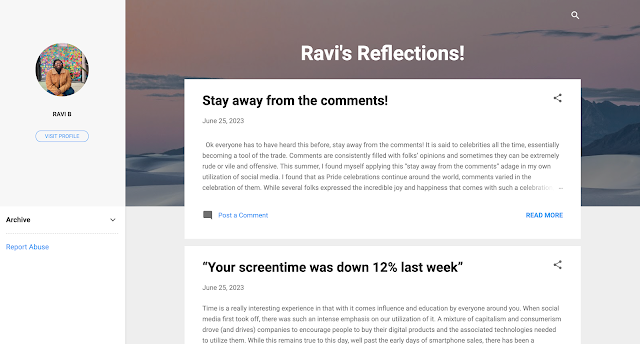Where’s the boundary?
“...interactions through Facebook and Twitter promoted teacher inquiry, and challenged teachers to develop their existing use of an innovation further, and encouraged them to work together and develop shared practices (2014, p.940) says Goodyear et al. in their piece on utilizing social media within the classroom. Not only it is incredibly imperative that educators use their preferred methodology to connect with students, but it is also just as important that educators remain aware and knowledgeable about the other spaces students are frequenting and utilizing within their own education. While this has led to a healthy and necessary educational atmosphere spreading across multiple social spaces, it begs the question of where the boundary is within education.
We know that an instructor is a human just as a student, and will likely have many of the same social media sites as their students. With this, there is incredible power in utilizing those spaces for academic good, but also instructors should not feel the need to censor themselves or their views within their social media spaces. For example, if a professor is also a TikTok star as a chef, they should not have to stop making their cooking videos. Though it makes sense that this is in the hands of the instructor, legislation may also indicate what boundaries exist. As new educational tools continue to arise and are used, how can balance be created to allow autonomy within the instructor’s personal social media versus academic one?
Reference:
Goodyear, V.,A., Casey, A., & Kirk, D. (2014). Tweet Me, Message Me, Like Me: Using Social Media To Facilitate Pedagogical Change Within An Emerging Community Of Practice. Sport, Education And Society, 19(7), 927–943. Https://Doi.Org/10.1080/13573322.2013.858624.

Comments
Post a Comment